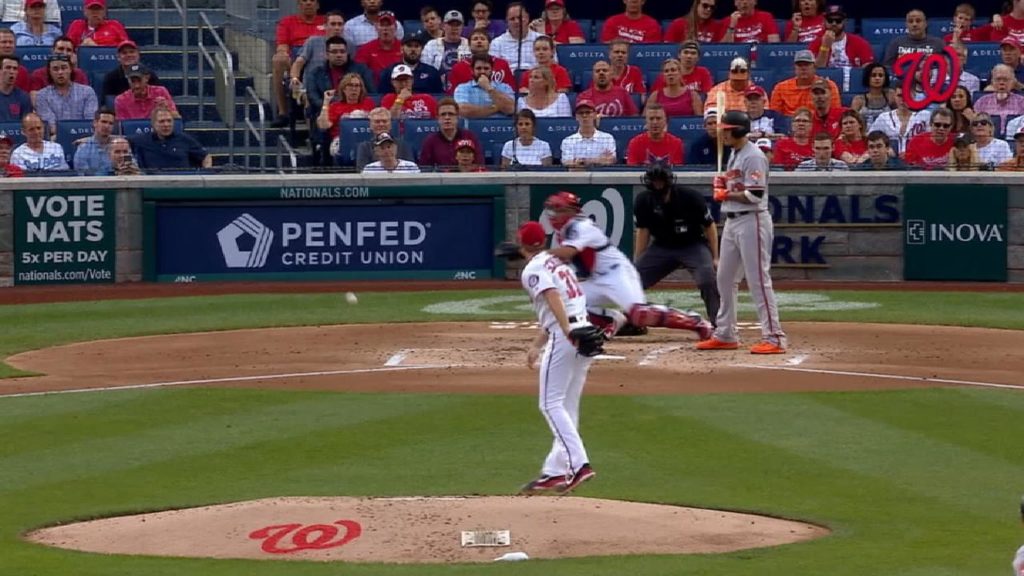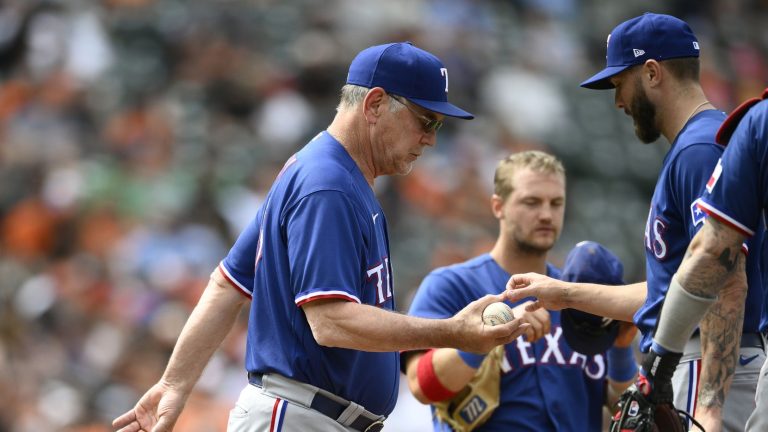The thrill of betting in Major League Baseball (MLB) lies in its unpredictability and the numerous factors that can potentially impact a game’s outcome. As we dig deeper into the details, one such aspect that gains attention is the effect of the summer season on pitcher performance. Specifically, there’s a persistent question that stirs the minds of baseball enthusiasts and those interested in MLB prop bets: Do pitchers walk fewer batters during the summer months?
To delve into this intriguing proposition, we must first understand the variables that may impact a pitcher’s performance and consequently, the game’s outcome. These include factors like the weather conditions, the pitcher’s form, and team strategies, among others. One common belief suggests that warmer summer months might lead to less humidity, thereby making the ball easier to grip and control for pitchers.
The ‘summer effect’ hypothesis, as it’s fondly referred to within MLB prop betting circles, has both its supporters and detractors. Supporters cite physiological and environmental reasons. The human body is naturally more flexible and agile in warmer temperatures, they argue, which could imply enhanced control and precision, leading to fewer walks. Additionally, warm, dry air might provide better conditions for a strong grip on the ball, as sweat is less likely to interfere with the pitcher’s hand.
Detractors, on the other hand, point out the potential negatives of high temperatures. Summer heat can lead to fatigue, dehydration, and a drop in concentration levels. All these could affect a pitcher’s control over the ball, which may actually lead to more walks.

To discern the truth, we decided to delve into historical data. After examining the walk rates of MLB pitchers over several seasons, comparing the pre-summer and summer months, a pattern emerges, but it’s not necessarily conclusive.
The data showed a slight decrease in walk rates during the summer months compared to the pre-summer period. However, this trend was not consistent across all years or pitchers, indicating that other factors may play a more significant role in influencing walk rates. Moreover, the slight decrease could also be due to improved pitcher performance as the season progresses, rather than the impact of warmer temperatures.
In this regard, it becomes essential to note that while climatic conditions might influence pitcher performance, they are far from the only determining factors. Player fitness, strategy, and individual and team form can all considerably sway the game’s outcomes. Therefore, any MLB prop bets must take these multi-faceted elements into account.
Based on the data analysis, it’s fair to say that while the ‘summer effect’ may exist, it is not strong enough to significantly impact walk rates consistently. The variations observed could be attributed to several other factors that affect a pitcher’s performance, thus making it challenging to isolate the summer season’s direct effect.
In conclusion, when considering MLB prop bets, it may not be wise to place a high emphasis on the season. While the summer effect is an intriguing hypothesis, the statistical evidence does not support it being a reliable indicator of pitcher performance. Instead, successful betting in MLB requires a comprehensive understanding of multiple variables, from individual player form and team strategy to current league trends.
Therefore, MLB prop bet enthusiasts should cast a wider net when analyzing their betting strategies. In doing so, they can not only enjoy the exciting unpredictability of baseball but also potentially secure better returns on their bets. And in the end, isn’t that what makes the game all the more thrilling?




